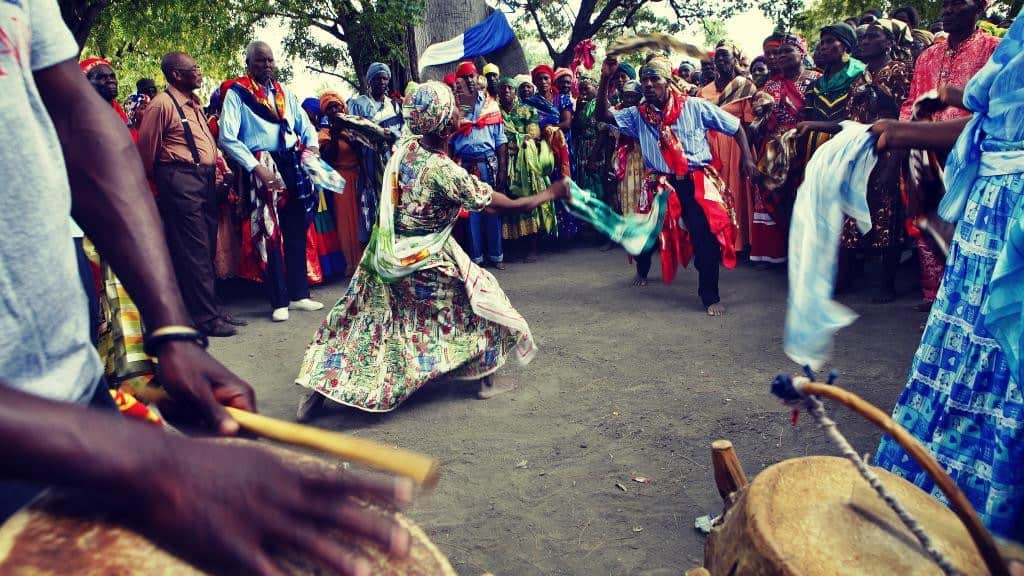Often associated with cryptic incantations, ritual dances choreographed to the rhythm of unintelligible chants, and even sacrifices, Voodoo frequently presents a riddle to those ignorant of its true essence. Yet, what genuinely lies beneath this religious practice that is frequently depicted as shadowy and ominous?
Voodoo Beyond the Myths: A Voyage into its Rich History and Symbolism
Voodoo, rather than merely an ancient faith, embodies an amalgamation of belief systems, a syncretism of African and Christian elements birthed in America as a consequence of the African slave diaspora. These individuals, bereft of their land but not their faith, intertwined their time-honored beliefs with the teachings of Christianity, thus forging a unique religious identity.
It’s vital to recognize that Voodoo is not a monolith but a multifaceted entity, as diverse as the cultures that have molded it. Each of these iterations – be it Louisiana, Haitian, African, Dominican, Puerto Rican, Brazilian, or Cuban Voodoo – is a distinctive expression of its geographical origin. Even Candomblé Jeje in Brazil is a manifestation of Voodoo, harmoniously blending diverse beliefs and traditions.
Dispelling Misconceptions: Voodoo as a Practice of Healing, Not Cursing
Voodoo bears remarkable resemblances to Christianity, notably in its Louisiana and Haitian versions, which have been profoundly influenced by Christian teachings. Both religions uphold a belief in a supreme god and creator, known as Bondye in Voodoo.
Aido Wedo is envisaged as a virgin, and Legba, akin to St. Peter in his capacity as guardian of the gates, underscores the connection between these two faith systems. Even many of the loans, the deities of Voodoo, have counterparts in Catholic saints.
Contrary to portrayals in film, literature, and television that associate Voodoo with malevolent spirits, curses, and the creation of zombies, the reality is that Voodoo is predominantly employed for healing. Voodoo rituals are often performed to treat illnesses and mitigate disease, thereby debunking the prevalent misconception of its exclusive use for nefarious ends.
Another widespread misunderstanding is the binary division of magic into black and white, opposing concepts representing good and evil, life and death, order and chaos, according to Western beliefs. In Voodoo, however, such dichotomies do not exist. If the potential to invoke a spirit to cause harm is contemplated, it is referred to as red magic, alluding to the color the practitioner’s eyes assume when possessed by the spirit.
Voodoo Dolls: Transcending Myth and Curse
Finally, the Voodoo doll, arguably the most recognized element of this faith, is not employed solely for malicious intent. While the crafting of a Voodoo doll may necessitate the use of a personal item of the intended individual, such as a lock of hair or a photograph, these can equally be used for positive endeavors, like attracting fortune or ensuring protection. The needles, in stark contrast to popular belief, are not used to inflict pain but rather to affix these objects to the doll.
Voodoo is much more than the proscribed practice often sensationalized by the media. It’s a complex and captivating faith, brimming with unique idiosyncrasies and rituals. Even though there’s no scientific evidence to corroborate the efficacy of its rituals and practices, for its adherents, it all comes down to a matter of faith.





